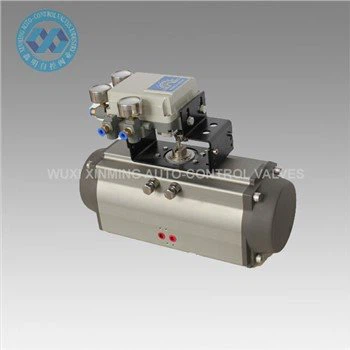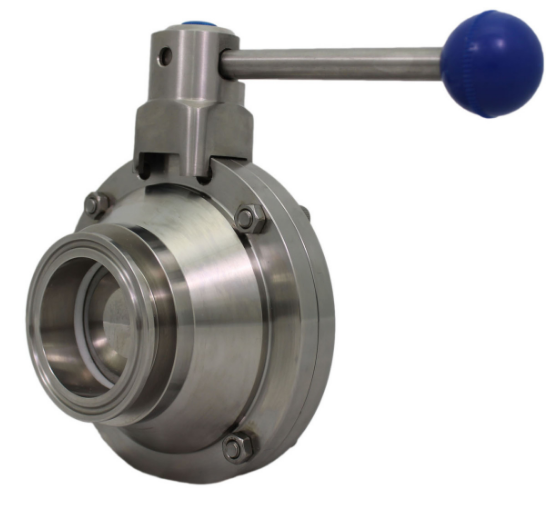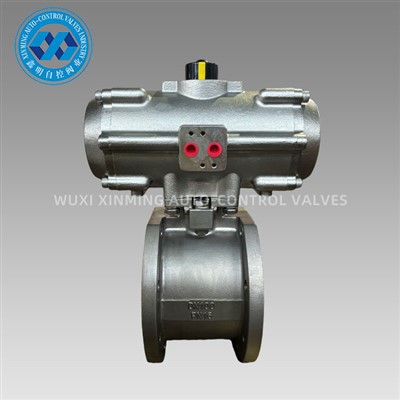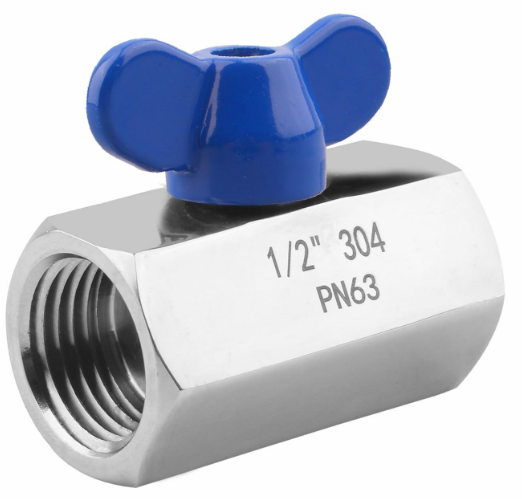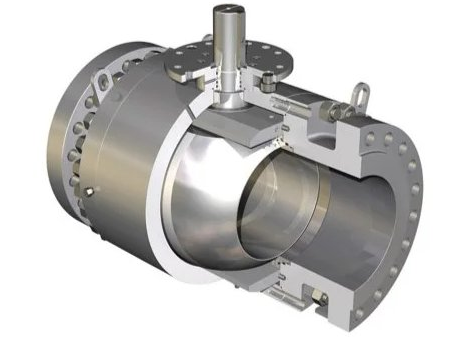1. Introduction
Industrial pneumatic actuators are fundamental components in automation systems, offering reliable motion control through compressed air. Their robustness, rapid response, and cost-efficiency make them indispensable in manufacturing, oil & gas, food processing, and other industrial sectors. This article explores their working principles, types, key benefits, and emerging trends in smart pneumatics.
2. Working Principle
Pneumatic actuators convert compressed air energy into mechanical motion (linear or rotary). The basic operation involves:
- Air Supply: Compressed air (typically 4–7 bar) enters the actuator.
- Pressure Differential: Air pushes against a piston, diaphragm, or vane, generating force.
- Motion Transmission: The actuator rod or rotary shaft moves the load.
- Direction Control: Solenoid valves regulate airflow for forward/return strokes.
Key Components:
- Cylinder/Piston Assembly (for linear actuators).
- Rotary Vane or Rack-and-Pinion (for rotary actuators).
- Position Feedback Sensors (in advanced models).
- Cushioning System (to dampen end-of-stroke impact).
3. Types of Industrial Pneumatic Actuators
(a) Linear Actuators
-
Single-Acting: Air moves the piston in one direction; a spring returns it.
- Applications: Clamping, ejection, emergency shut-off.
-
Double-Acting: Air drives motion in both directions.
- Applications: Pressing, lifting, repetitive automation tasks.
-
Rodless Actuators: Use magnetic or band mechanisms for compact, long-stroke motion.
- Applications: Conveyor systems, large gantry setups.
(b) Rotary Actuators
-
Rack-and-Pinion: High torque, precise angular movement (90°–180°).
- Applications: Valve control, material handling.
-
Vane-Type: Compact design with limited rotation (typically <280°).
- Applications: Grippers, indexing tables.
(c) Specialty Actuators
- Tandem Cylinders: Dual pistons for higher force output.
- Impact Actuators: Deliver high-speed strikes (e.g., forging, punching).
4. Advantages Over Other Actuator Types
| Feature | Pneumatic | Hydraulic | Electric |
|---|---|---|---|
| Speed | Very High | Medium | High |
| Force | Medium | Very High | High |
| Precision | Moderate | High | Very High |
| Maintenance | Low | High | Medium |
| Explosion Safety | Excellent | Moderate | Risky |
Key Benefits:
✔ High Power-to-Weight Ratio
✔ Clean Operation (no oil leaks, suitable for food/pharma).
✔ Durability (millions of cycles with minimal wear).
✔ Fast Response Time (ideal for rapid cycling).
5. Industrial Applications
- Manufacturing: Assembly robots, CNC tool changers.
- Oil & Gas: Pipeline valve actuation (ATEX-certified).
- Packaging: Filling, sealing, labeling machines.
- Agriculture: Harvesting equipment, fertilizer dosing.
- Mining: Ventilation control, heavy machinery.
6. Selection Criteria
When specifying an industrial pneumatic actuator, consider:
- Load Requirements (force, speed, stroke length).
- Operating Environment (temperature, corrosion, hazardous areas).
- Mounting Style (flange, foot, trunnion).
- Control Method (manual, solenoid valve, smart positioner).
7. Future Trends
- IIoT Integration: Wireless sensors for predictive maintenance (e.g., air leakage detection).
- Energy Efficiency: Low-friction seals, optimized air consumption.
- Hybrid Systems: Pneumatic-electric actuators for precision + speed.
- Additive Manufacturing: Lightweight, custom actuator designs.
8. Conclusion
Industrial pneumatic actuators remain a cornerstone of automation due to their simplicity and adaptability. With advancements in smart controls and materials, they continue to evolve, meeting the demands of Industry 4.0 while maintaining their traditional strengths.
If you want to learn more about low-priced products, please visit the following website: www.xm-valveactuator.com







